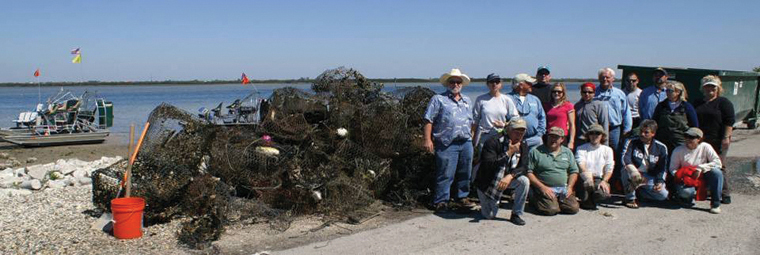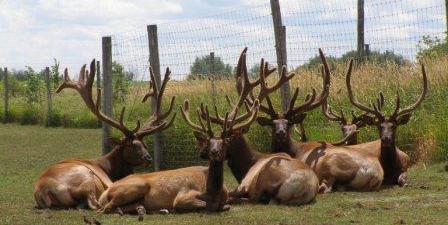
Texas is hoping to add to the mountain of more than 24,000 abandoned crab traps it has hauled from Texas bays since 2002. And yes, it’s crab trap cleanup again! Texas Parks and Wildlife Department (TPWD) officials are gearing up for the 8th Texas Abandoned Crab Trap Removal Program, running this year from Febrary 20 to March 1. Over this 10-day period, all Texas bays will be closed to crabbing with crab traps, and any traps left in the bay will be presumed to be abandoned and considered litter, thus allowing volunteers to legally remove any crab traps they find.
Volunteers are needed to assist in the coast-wide effort to remove the numerous wire mesh traps that have been lost or abandoned since last year’s cleanup. Abandoned crab traps pose a problem to both humans and ocean critters alike. People see the traps as nuisance and can hurt themselves by getting poked or even hung on their motors. Abandoned crab traps also work as ghost traps, catching sea life even without bait. Continue reading Texas Crab Trap Cleanup Needs You!

